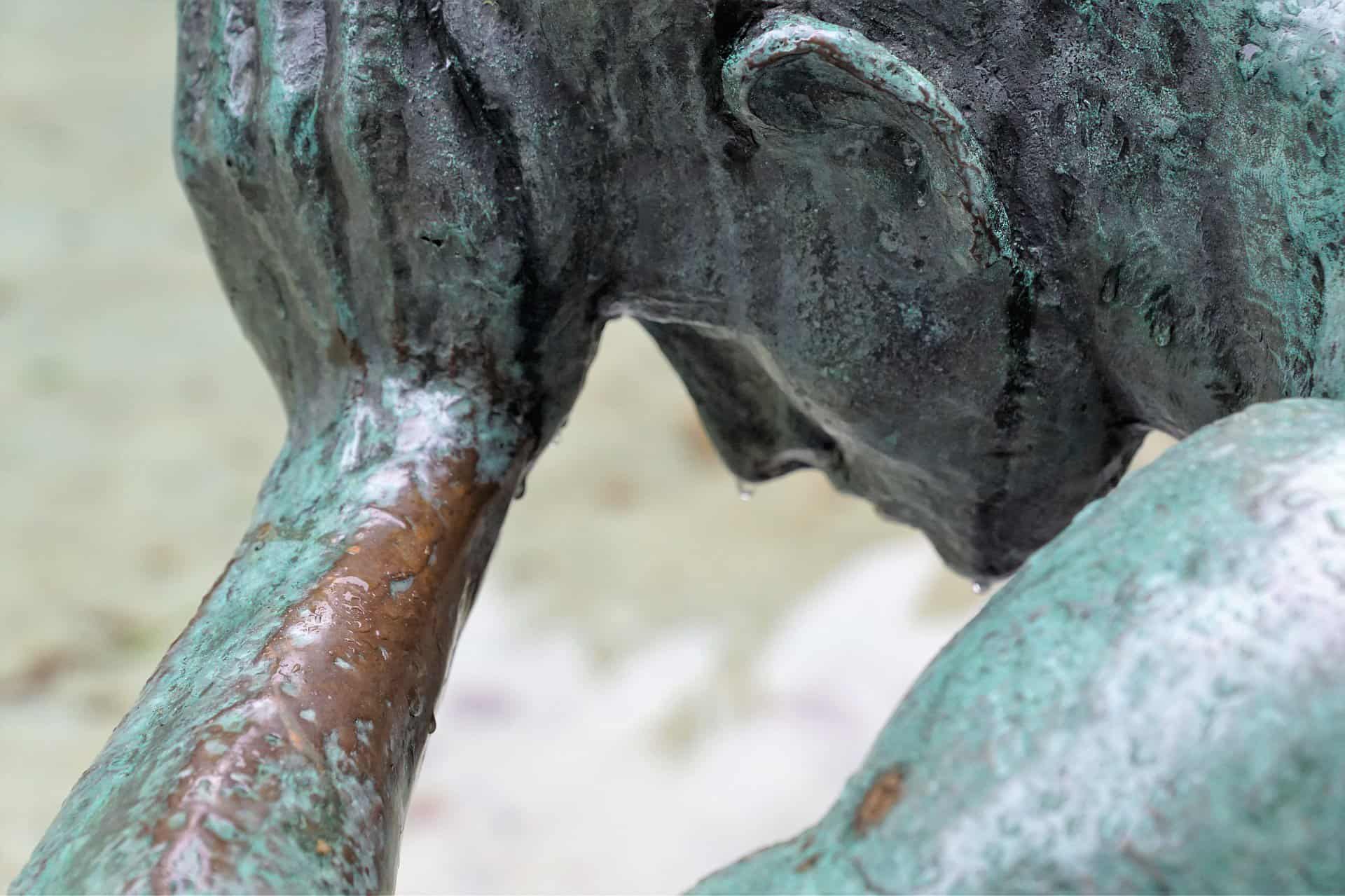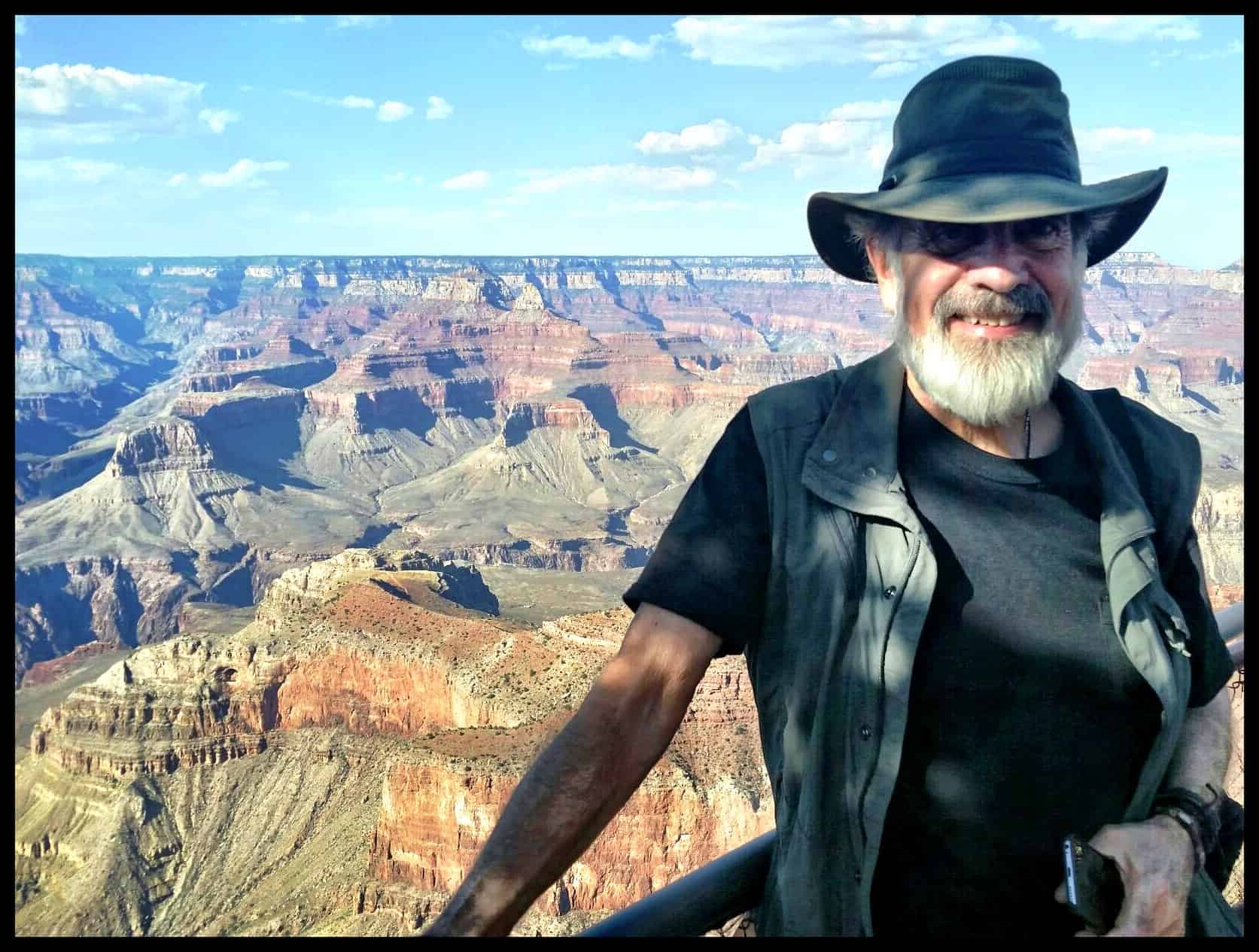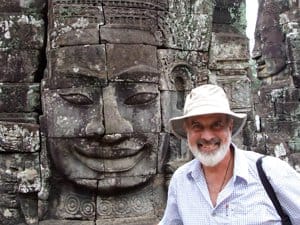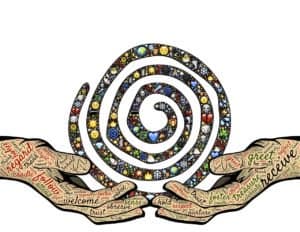I find that psychotherapy is often a misunderstood super power. Sure, you need to be trained to go into the field of psychotherapy but few explore the differences in approaches when they’re looking for a psychotherapist.
I call it a super power because despite training, you still need to have this inherent gift of listening, distilling, understanding and feeling to bring comfort and healing to people, at least in my experience. The same applies to doctors, dentists and frankly, any healthcare practitioner I have worked with. Bedside manner, compassion, empathy and integrity go a long long way.

The first and only time I ever saw a psychotherapist was a few years after my divorce when I was still living in the Boston area. Harvard trained, she wore a bunch of different titles and psychotherapist was one of them. Of the people I know who have had therapy in the past, most don’t even know what their credentials are — yes, really. They often end up seeing a therapist by referral, either through their MD or a friend.
Psychotherapy at its Core
According to Psychiatry.org, the discipline of “Psychotherapy, or talk therapy, is a way to help people with a broad variety of mental illnesses and emotional difficulties such as difficulties in coping with daily life; the impact of trauma, medical illness or loss, like the death of a loved one.”
Given that I have played and worked for so long in the technology industry, psychotherapy wasn’t a topic that often came up at the dinner table — it tended to be less interesting things like the latest IoT gadget or the assuming revolution that big data will bring to healthcare.
I first met psychotherapy guru and therapist Chuck Hillig at the SAND (Science and Nonduality) Conference six or so years ago, one of my favorite spiritual events in the San Francisco Bay Area. Beyond psychotherapy, he is also a spiritual teacher who writes about non-dual spirituality among other things. I had a chance to catch up with him recently, so join me in this Q&A to see the world through Chuck Hillig’s eyes.

Chuck Hillig at Grand Canyon
You are first and foremost a psychotherapist – what led you to incorporate spirituality into your practice and why?
Well, although I first had a radical shift in awareness in 1969, it wasn’t until six years later that I actually began my formal training to become a licensed psychotherapist in California.
During my 30 years in practice, about 95% of my clients came into therapy because of very mundane and secular issues concerning their problematic relationships with themselves and/or with others. Mostly, I would open my “tool box” and offer them an eclectic assortment of healthier possibilities and unexplored options for their consideration.
“Dream problems,” after all, are best resolved
by “Dream Solutions.”
However, a middle-aged client would occasionally appear in my doorway who would be struggling with a real existential crisis, and who was longing to begin exploring the deeper questions of life (e.g. “Who am I? What’s it all about? What is God? Is there anything beyond death?” etc.).

Chuck Hillig, South Rim of the Grand Canyon
For many of them, there was nothing quite so depressing (and terrifying) as discovering that the “success ladder” that they had been climbing during their career had been leaning against the “wrong wall.”
Whenever that conversation first arose in the therapeutic context, I’d introduce them to meditation, hypnosis, journaling and, of course, personal self-inquiry so that they could begin a deeper exploration about what it actually means to be, simultaneously, both “human” and “divine.”
In short, they’d begin to learn how to live a fully authentic human life down in the marketplace but in the light of who they really were…Pure Consciousness.
As a rule, though, I’d usually wait for some indication from them that they were ready to undertake such an arduous inner journey. After all, as Shakespeare said in King Lear, “Ripeness is all.”
What’s your own spiritual practice? And are there things that you incorporate regularly to keep you plugged in?
Well, besides doing regular self-inquiry for myself, I also practice mindfulness and presence. I’ve also written portions of several of my books from insights that I’ve gathered in the hypnogogic state between sleeping and waking.
To prepare for this, I always have paper and pen on my bedside table for any nightly inspiration that might appear. Since I live around major Civil War battlefields in Virginia, I regularly take long and reflective walks through the fields where these historic battles had once raged.
My regular “spiritual sadhana,” however, is simply collecting litter. Every single day for the past eleven years, I’ve been walking around my neighborhood for miles and picking up anything unnatural that’s been discarded along the roadways.
What spiritual teachers and masters do you most connect with and why?
A month after I had that “opening” back in 1969, a friend of mine pointed me to the feet of Ramana Maharshi, and I’ve, figuratively, been there since early 1970. (After Maharshi, where else was could I possibly go?)
Later, I started reading Nisargaddatta and Papaji. For me, however, self-inquiry cuts through the dogmas, belief-systems and rituals that are often associated with other spiritual paths and, instead, goes to the very heart of the ultimate, primordial question of Life, itself: “Who am I?”
Tell us about anything any key books or papers you have authored and what people can learn from them?
I have written five easily-understood books on eastern nondualism that have been published in seven languages which you can learn more about on my website. I think of myself as a “spiritual minimalist” in that I prefer to distill complex ideas and concepts down to their quintessential core.
After all, if the truth is, essentially, “simple,” then why not just put that truth well,…simply? In my books, I like playing with words and then, as an important component, adding some humor into the mix.
How is your approach with psychotherapy and working with clients different than other psychotherapists?
Although psychotherapy is an art form, it’s only as “high” as the therapists, themselves. Its success ultimately depends on establishing a trusting bond between the therapist and the client. 
I always take the time to assure the client that, since they are not “broken,” they don’t need to be “fixed.”
I suggest, instead, that their current condition is present in their lives for “very good reason,” and that we’ll jointly explore what the “Universal Life Force” is up to by putting these challenges on their path at this time.
Finally, we’ll explore what changes they can do right now to ameliorate their situation. I always tell them that the answers are really within them, and that therapy is only about helping to remove the barriers and obstacles that are preventing them from knowing what to do next.
How do you feel about visualization and music as healing modalities?
I think that both of these modalities are as effective as their participants will allow them to be.
What is on the horizon for the future?
Well, of course, who really knows? However, since my niece works at the U.S. Embassy in New Delhi, I’m planning a trip to visit her over there for about six weeks beginning in November this year.
I’m also diligently working on my next book and will, hopefully, be able to assemble the chapters before I leave for India. I will also probably be a speaker at the 2018 SAND Conference in San Jose in October as well.
Do you have a favorite quote? If so, what is it and why?
“The eye through which I see God is the same eye through which God sees me.” Meister Eckhart
I like how it suggests that you already are who it is that you’re looking for.
What book has inspired you most on your spiritual journey and why? What were the insights you took away & can impart to others?
Although I had initially experienced 17 years of Catholic education, my heart had always been inwardly dissatisfied with the answers that my teachers had provided me. It wasn’t until after I started researching eastern philosophies, however, that I realized that I had, unfortunately, been systematically denied access to these radically different worldviews.
The book that totally created a major opening for me was “Siddhartha” by Herman Hesse. After reading it, I immediately started consuming everything I could find on Buddhism, Hinduism, Taoism and Zen. Once that inner gate was opened, however, there was just no turning back. Perhaps the #1 lesson is to make sure that your education includes all spiritual possibilities and to insure yourself that absolutely nothing mystical is being purposely left off the table because of a hidden agenda.
About Chuck Hillig
Chuck Hillig is a modern spiritual teacher, author and licensed psychotherapist whose clarity of expression has earned him the admiration and praise of many notable writers and lecturers in this area.
Chuck writes personally and directly about the essence of non-dual spirituality and presents its astonishing truths to the average reader in ways that are totally unique, completely accessible and absolutely life-changing. Using his studies in both eastern philosophy and western psychology, Chuck’s “Enlightenment Quartet” presents a world view that shows his readers how to fully live a truly enlightened and authentic life in the 21st Century by waking up to who they really are.

Renee Blodgett is the founder of We Blog the World. The site combines the magic of an online culture and travel magazine with a global blog network and has contributors from every continent in the world. Having lived in 10 countries and explored over 90, she is an avid traveler, and a lover, observer and participant in cultural diversity. She is also the founder of the Magdalene Collection, a jewelry line dedicated to women’s unsung voices and stories, and the award-winning author of the bestselling book Magdalene’s Journey
She is founder of Blue Soul Media and co-founder of Blue Soul Earth as well as the producer and host of the award-winning Blue Soul CHATS podcast, that bridges science, technology and spirituality. Renee also founded Magic Sauce Media, a new media services consultancy focused on viral marketing, social media, branding, events and PR. For over 20 years, she has helped companies from 12 countries get traction in the market. Known for her global and organic approach to product and corporate launches, Renee practices what she pitches and as an active user of social media, she helps clients navigate digital waters from around the world. Renee has been blogging for over 16 years and regularly writes on her personal blog Down the Avenue, Huffington Post, BlogHer, We Blog the World and other sites. She was ranked #12 Social Media Influencer by Forbes Magazine and is listed as a new media influencer and game changer on various sites and books on the new media revolution. In 2013, she was listed as the 6th most influential woman in social media by Forbes Magazine on a Top 20 List.
Her passion for art, storytelling and photography led to the launch of Magic Sauce Photography, which is a visual extension of her writing, the result of which has led to producing six photo books: Galapagos Islands, London, South Africa, Rome, Urbanization and Ecuador.
Renee is also the co-founder of Traveling Geeks, an initiative that brings entrepreneurs, thought leaders, bloggers, creators, curators and influencers to other countries to share and learn from peers, governments, corporations, and the general public in order to educate, share, evaluate, and promote innovative technologies.








